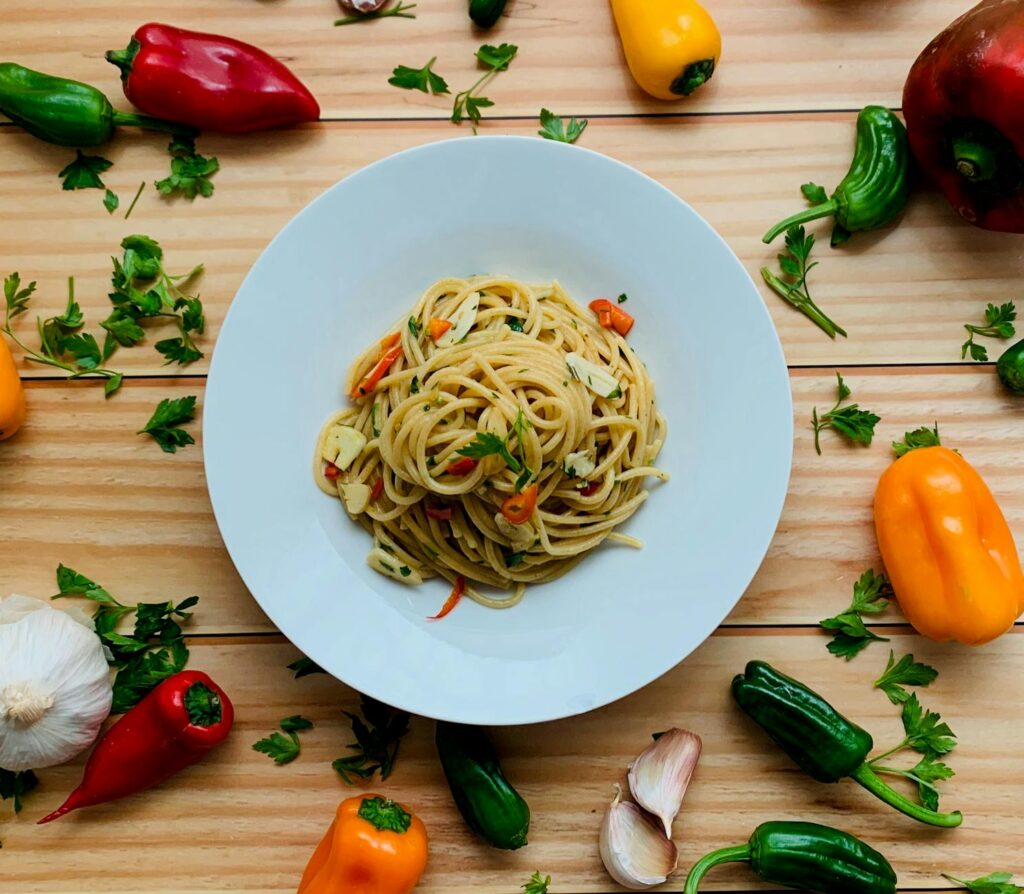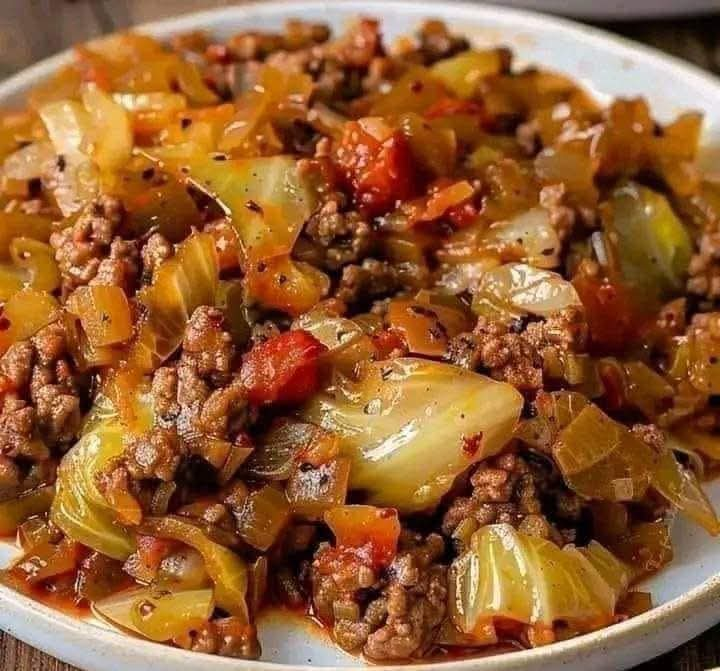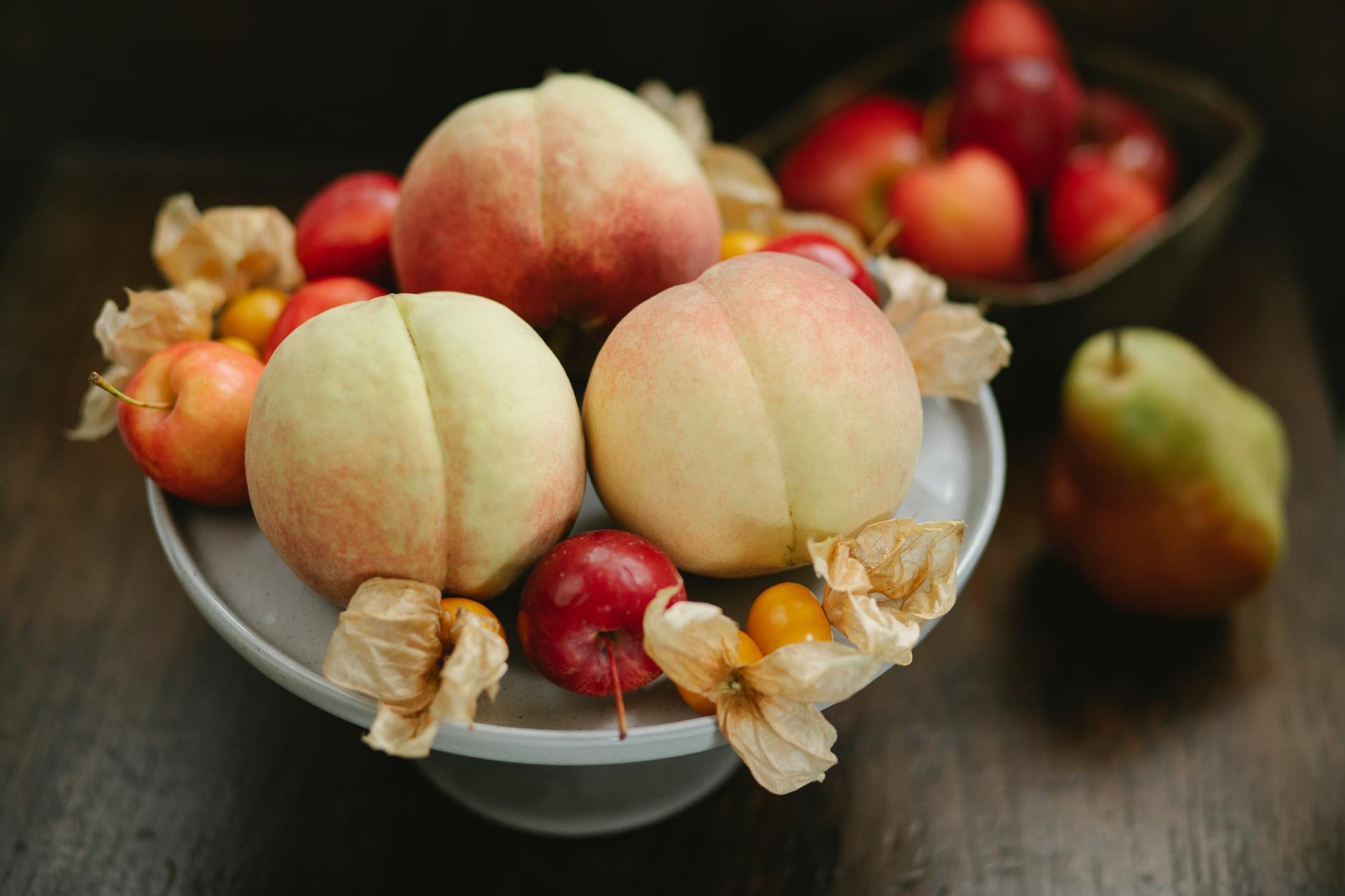A Humble Beginning: The History of Pasta e Fagioli
Pasta e fagioli, literally translating to “pasta and beans,” is a dish as old as time itself, or at least as old as the combination of readily available carbohydrates and legumes. Its origins are difficult to pinpoint precisely, with variations existing throughout Italy and beyond. However, its enduring popularity speaks to its simplicity and hearty nature. This rustic dish, born from humble beginnings, has become a beloved staple across generations, transforming through countless regional variations. 
The Magic of Simplicity: Ingredients and Preparation
The beauty of pasta e fagioli lies in its simplicity. The core ingredients are few: dried beans (cannellini or borlotti are classic choices), pasta (ditalini, small shells, or even broken spaghetti work well), extra virgin olive oil, vegetables (onions, carrots, celery are common), and broth (vegetable or chicken). While the base remains consistent, regional variations abound, adding herbs like rosemary or bay leaf, pancetta or other cured meats for a richer flavor. Learn more about regional variations below. 
Cooking Techniques: From Stovetop to Slow Cooker
Pasta e fagioli can be prepared in several ways. The traditional stovetop method involves slowly simmering the beans until tender, then adding the pasta. However, slow cookers also provide an excellent way to develop deep, rich flavors. The slow cooking process enhances the texture of the beans, making them melt-in-your-mouth. Check out our slow cooker recipe here.
Flavor Profiles: A Culinary Journey
The flavor profile of pasta e fagioli can vary depending on the ingredients used and the cooking method employed. Some versions maintain a rustic, straightforward flavor with a focus on the beans’ natural sweetness. Others showcase bolder flavors through the addition of herbs, spices, or cured meats. Discover how to enhance the flavor of your own pasta e fagioli.
Serving Suggestions and Variations
A bowl of steaming pasta e fagioli is comforting and satisfying on its own. However, it can also be elevated by adding a drizzle of high-quality extra virgin olive oil, a sprinkle of grated Parmesan cheese, or a crusty slice of bread for dipping. [IMAGE_3_HERE] The dish’s adaptability shines through the many variations. Some cooks add vegetables like zucchini or spinach, while others incorporate different types of beans for added nutritional value.
Beyond the Bowl: Pasta e Fagioli’s Cultural Significance
Pasta e fagioli isn’t just a dish; it’s a reflection of Italian culinary heritage, a celebration of humble ingredients transformed into something extraordinary. It represents resourcefulness, a commitment to using simple, seasonal ingredients to create hearty and flavorful meals. Its enduring presence on tables across Italy speaks volumes about its comforting appeal and ability to connect generations.
Frequently Asked Questions
What kind of beans are best for pasta e fagioli? Cannellini or borlotti beans are traditional choices, but other white beans will also work well.
Can I use pre-cooked beans? While using dried beans gives the best flavor, you can certainly use canned beans to save time. Just be mindful of the liquid content and adjust accordingly.
How do I make it vegetarian/vegan? Omit any meat products and use vegetable broth instead of chicken broth to create a delicious vegetarian or vegan version.
Can I freeze pasta e fagioli? Yes, leftover pasta e fagioli freezes beautifully. Allow it to cool completely before storing it in airtight containers. Reheat gently on the stovetop or in the microwave.
What is the best type of pasta to use? Small pasta shapes like ditalini, elbow macaroni, or small shells are ideal, as they readily absorb the flavors of the broth.


